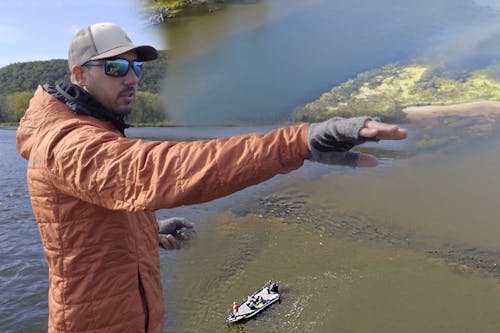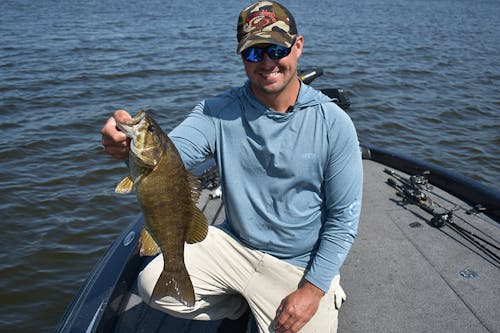With so many options of topwater walking baits, it can feel overwhelming to choose the right one. Patrick likes to keep it simple with a three step system. Number one is what forage base you're targeting, number two is the color of the bait you're choosing and number three is the castability of the lure.
How to Choose the Right Profile
If you're going after fish that are eating big shad, gizzards or something larger, you want to go with something that has a little bit of a bigger profile, something with three hooks. If they're eating more threadfin or smaller shad it's a safe bet to go with something that has a little bit smaller profile, something with two hooks. Patrick recommends to add a little bit of extra flash occasionally if a lot of those fish are coming up and just not committing. Simply adding a little blade to your topwater bait may be enough to entice those shy fish and having a great day on the water.
How to Choose the Right Color
Keeping colors simple is the best practice when it comes to topwater walking baits. The first choice out of any color is bone. This color shines when the day is cloudy or if you're fishing a body of water that has dirtier water. It's also a good choice to use at the beginning of the day as a searchbait. If the conditions for the day are sunny or if the water that you're fishing at is clear, chrome is the go to pick.
Choosing and Improving Castability
Testing the casting distance of your topwater walking bait is incredibly important. It's necessary to be able to cast the bait far and accurate in order to land it on top of those schools of bait fish. This doesn't necessarily mean that the only baits that are suitable are those that have a lot of weight to them. It's possible to get great casts with lighter topwater walking baits if your tackle is set up correctly. Switching to a lighter line, rod and reel will increase your casting distance and allow you to make more accurate casts with lighter baits.


